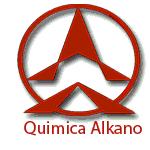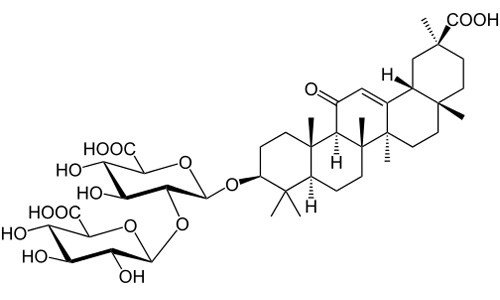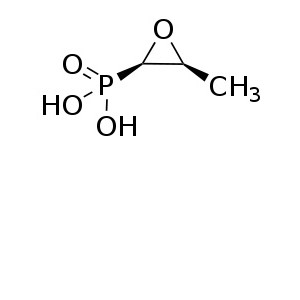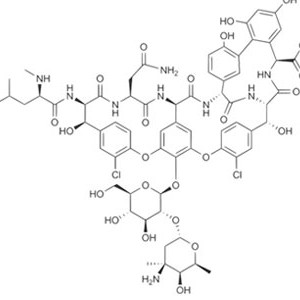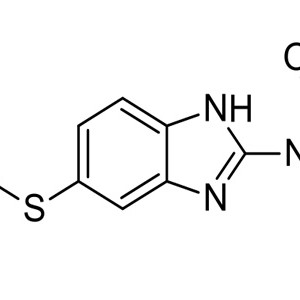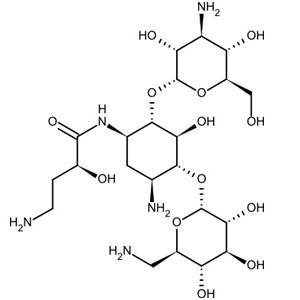Welcome visitor you can
login or register
0 items - $0.00
No products in the cart.
Ammonium Glycyrrhizinate
Glycyrrhizin (or glycyrrhizic acid or glycyrrhizinic acid) is the chief sweet-tasting constituent of Glycyrrhiza glabra (liquorice) root. Structurally it is a saponin and has been used as an emulsifier and gel-forming agent in foodstuff and cosmetics. Its aglycone is enoxolone and it has therefore been used as a prodrug for that compound, for example it is used in Japan to prevent liver carcinogenesis in patients with chronic hepatitis C.[3]

Make an enquiry for this product
Category: Active Pharmaceutical Ingredients
Starting at
Product Description
| (3β,20β)-20-carboxy-11-oxo-30-norolean-12-en-3-yl 2-O-β-D-glucopyranuronosyl-α-D-glucopyranosiduronic acid |
| Trade names | Epigen, Glycyron |
| AHFS/Drugs.com | International Drug Names |
| Legal status |
Generally regarded as safe |
| Routes of administration |
Oral, intravenous |
| Metabolism | Hepatic and by intestinal bacteria |
| Biological half-life | 6.2-10.2 hours[1] |
| Excretion | Faeces, urine (0.31-0.67%)[2] |
| CAS Number | 1405-86-3 (α-D-Glucopyranosiduronic acid), 103000-77-7 (β-D-Glucopyranosiduronic acid) |
| ATC code | A05BA08 |
| PubChem | CID: 128229 |
| ChemSpider | 14263 |
| UNII | 6FO62043WK |
| ChEBI | CHEBI:15939 |
| ChEMBL | CHEMBL441687 |
| Formula | C42H62O16 |
| Molecular mass | 822.93 g/mol |
|
SMILES[show] |
|
|
InChI[show] |
|
| Solubility in water | 1-10 mg/mL (20 °C) |
